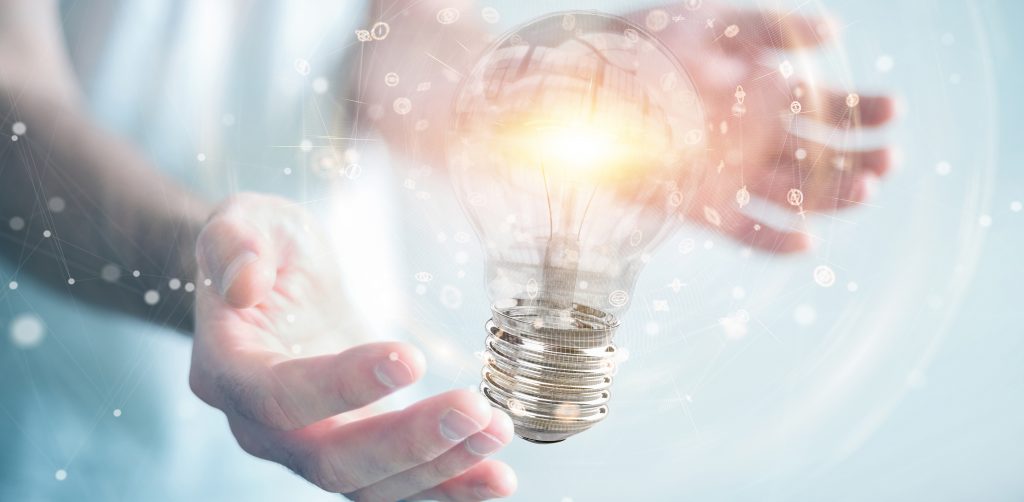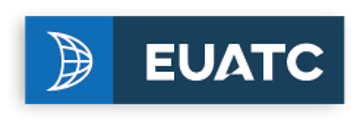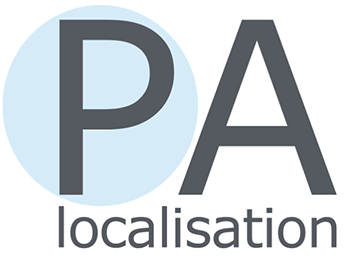Technology
We work with all file types that are common in localisation including:
• Gettext (.po)
• XML Localization Interchange File Format (.xliff)
• Extensible Markup Language (.xml)
• JavaScript Object Notation (.json)
• Java Properties (.properties)
• Comma-Separated Values (.csv)
Premier, Technology-Backed Language Solutions
At PA Localisation, we leverage the power of technology from start to finish, allowing us to deliver accurate translations rapidly, no matter how large your project or what time zone you are in. High-end translation productivity software allows multiple linguists to work on your large, complex documents around the world and around the clock, for rapid turnarounds. Computer-assisted translation programs and automated quality assurance tools (with human supervision) allow us to provide accurate translated content that is exceptionally cost-effective.
Empowering Linguistic Asset Management with Robust Technology Tools
Managing, maintaining, and updating your linguistic assets is the most efficient way to maintain your brand and reduce future translation costs. To ensure that your content remains consistent with previously translated materials when you make the move to PA Localisation, we employ an array of powerful, computer-assisted translation (CAT) tools.

Here’s how our exclusive Linguistic Asset Management system works…
Step 1: Alignment
Objective: Build a Translation Memory through Alignment
Translation alignment— creates a translation memory from existing translated materials—ensures that we’re starting with a high-quality, consistent translation memory, which can be used over and over again in order to streamline all processes and reduce costs.
Step 2: Glossary Extraction & Creation
Objective: Build a Glossary Using the Translation Memory
Once the translation memory is in place, we can then easily glossarise its content. We run a program that statistically builds a glossary, which is then verified by a terminologist. This means that we would build a definitive glossary in both the source and target languages. Glossarisation is crucial if you want to ensure that the quality of your translations is consistent across all channels.
Step 3: Terminology Research
Terminology research applies when new content is translated and new terms are researched and added to the glossary. We can translate your documents into any of 150+ languages, then place it within the original linguistic asset file, giving you a high-quality document that’s ready to print.
Our expert team is able to work with a range of file types, including Quark Express, InDesign, FrameMaker, PageMaker, Illustrator, CAD, Word, Excel, and PowerPoint.

Additional Technology Tools
- Machine Translation Post-Editing (MTPE) – When appropriate, we can save significant time by scanning the document with an automated translation software first, then reviewing, editing and revising text with a human translator.



